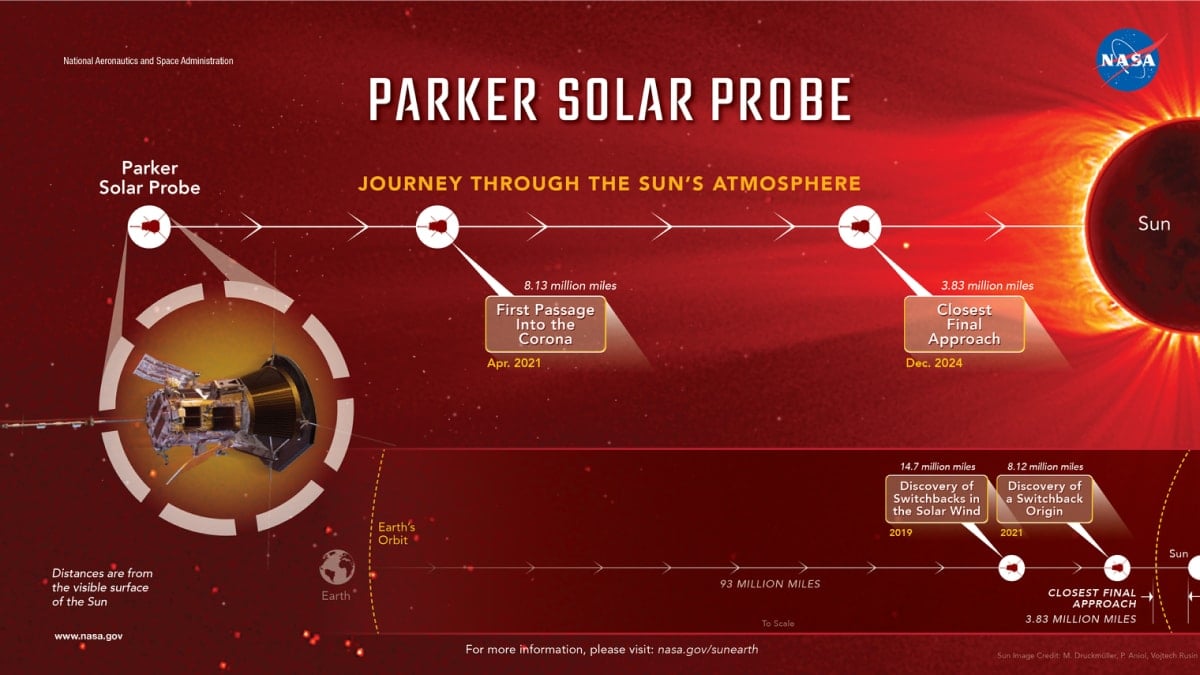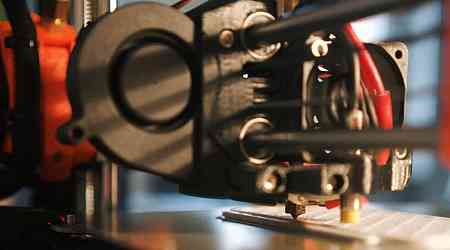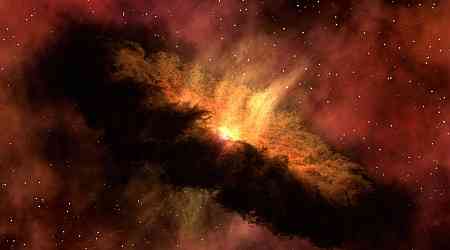NASA's Parker Solar Probe has achieved a significant milestone by completing its closest approach to the Sun, as confirmed on December 26, 2024. Reports indicate that the spacecraft ventured a record-breaking 3.8 million miles from the solar surface on December 24, moving at an extraordinary speed of 430,000 miles per hour. This is the fastest speed ever achieved by a human-made object. A beacon tone received later confirmed the spacecraft's safety and operational status.
Historic Achievement in Space Exploration
According to NASA, this close encounter marks the beginning of a series of such passes at this distance. The Parker Solar Probe, launched in 2018, has spent six years perfecting its orbit through seven Venus flybys, the most recent on November 6, 2024. These manoeuvres allowed the spacecraft to position itself optimally for this close approach while maintaining resilience against the Sun's extreme conditions.
John Wirzburger, the mission systems engineer at Johns Hopkins Applied Physics Laboratory (APL), was quoted in reports emphasising the decades of technological advancement required to enable this feat. The spacecraft's protective carbon foam shield endures temperatures up to 1,800 degrees Fahrenheit, safeguarding its instruments within a stable environment.
Revolutionising Understanding of Solar Phenomena
Nicky Fox, NASA Associate Administrator for the Science Mission Directorate, highlighted that this mission is pivotal for understanding the Sun's effects across the solar system and beyond. Data collected from the probe's measurements is expected to uncover insights into solar wind acceleration and energetic particle activity near the Sun.
As per reports, previous findings by the Parker Solar Probe have already contributed to identifying the structure of the solar atmosphere and pinpointing the origins of solar wind switchbacks. Upcoming data transmissions will provide a deeper understanding of these processes, heralding a new phase in solar exploration.
Future close solar passes are scheduled for March 22 and June 19, 2025, with further breakthroughs anticipated in the coming months.
































